When It Makes Sense—and How to Pay Yourself Without Triggering Tax Surprises
If you’re a single-owner business trying to keep your operations and personal finances strictly separate, electing or maintaining C Corporation status can provide long-term tax planning flexibility—especially when the business is not yet profitable.
Be sure to consult with an advisor before forming a corporation to evaluate the full tax and legal impact.
This post walks through when C Corp treatment makes sense, how it differs from S Corp or Single Member LLC status, and what your options are for taking cash out of the company without generating avoidable payroll or dividend taxes.
Why a C Corp May Be the Smart Choice in Loss Years
Unlike S Corporations and LLCs taxed as pass-throughs, C Corporations retain their operating losses inside the entity. Under IRC §172, these Net Operating Losses (NOLs) can be carried forward to offset future taxable income. This is often preferable to passing the losses to your personal return, where limitations on basis, passive activity, or AGI thresholds might reduce their benefit.
If your business is still in its early stages—or fluctuating in income—preserving these losses at the entity level can build a more strategic foundation for future profitability.
When Profitability Increases: Additional C Corp Complexity
Once your business begins generating steady profits, C Corporation status can introduce additional layers of tax and compliance not present in an S Corporation:
- Double Taxation: Profits are taxed at the corporate level, and again at the individual level if distributed as dividends.
- Earnings & Profits (E&P): Must be tracked for dividend classification; distributions from E&P are taxable to the shareholder.
- Reasonable Compensation: Ongoing W-2 salary becomes more important to demonstrate that services are properly compensated.
- Qualified Dividends: Distributions may be taxed at favorable capital gain rates—but only if properly structured.
In contrast, an S Corporation allows net income to flow through directly to an owner’s personal tax return, avoiding corporate-level tax—but introduces its own rules on shareholder basis, passive income limits, and payroll requirements.
| C Corporation | S Corporation |
| Losses retained within corporation; used to offset future C Corp profits | Losses flow through to owners (shareholders), but may be limited by basis or other restrictions |
| Retains profits, potential double taxation, flexibility in retained earnings | Pass-through income, basis-dependent, limits on passive income |
Final Thoughts: Control, Strategy, and Flexibility
If your primary goal is to build equity inside the company, use losses efficiently, and delay triggering unnecessary tax events, a C Corporation can be the right tool. Especially when cash is tight, and personal compensation isn’t yet critical, you can manage tax exposure with loans, deferred wages, or 1099-based compensation.
However, documentation is key:
- Use formal loan agreements when taking draws.
- Clearly separate personal and business expenses.
- Monitor profitability trends and re-evaluate your structure annually.
If you’re currently operating as a single-shareholder C Corporation or considering switching entity types, this is the ideal time to reassess your compensation and draw strategy. Begin by scheduling a strategy session to review how you’re taking funds from the business and ensure that your approach aligns with IRS rules and long-term tax goals.
Lastly, if you need help reflecting owner draws, loans, or deferred compensation correctly in the books, consider an advisory session.

